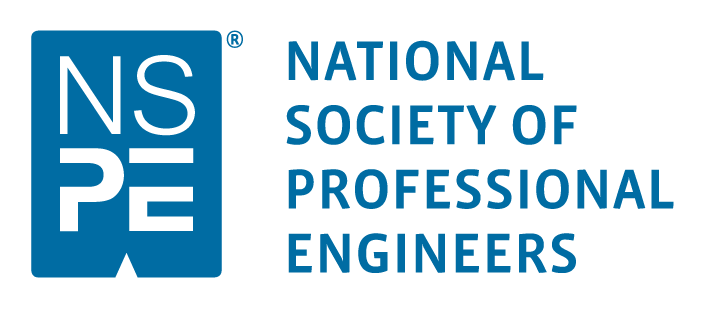Property Condition Assessment in Urban New Jersey (Infographic)
As detailed in our previous post about Property Condition Assessments in New Jersey, there are some ways professional and licensed engineers can help potential buyers and investors ensure the long-term profitability and feasibility of the commercial property they are considering purchasing. The most obvious of these is the identification of the most problematic issues that are either too expensive to remediate or could expose the tenants to serious health risks.
Like residential properties, commercial buildings in metropolitan New Jersey hide a variety of defects and red flags which may come with risks in terms of liability, costs, and safety. With the assortment of almost century-old facilities and newly-built offices in Newark, Camden, Trenton, Elizabeth, Irvington, and Plainfield, years of reports reflect some of the most common PCA issues that can be found across the urban centers of New Jersey.
1. Accessibility
Non-compliance with Americans with Disabilities Act (ADA), NJ Barrier Free Subcode, and the NJ Fire Safety Codes also often figures in many PCA reports conducted in commercial facilities in New Jersey.
The most common accessibility violations often found and reflected in New Jersey PCA reports include parking spaces, pavement markings, bathrooms, hallway clearance, elevators and ramp, and appropriate hardware for doors.
Without a professional engineer to identify these common accessibility violations, a prospective commercial property owner could face significant legal and financial risks. When not addressed, accessibility issues not only can expose the occupants and visitors of the building to life safety threats, but also the building owner and stakeholders to lawsuits and costly legal battles.
2. Outdated HVAC System
Many high-rise old commercial buildings in urban New Jersey have outdated HVAC units still installed on their rooftops. Old and inefficient HVAC units can make the building unpleasant and unhealthy to live in or work in, and more importantly, expensive to run.
Many commercial buildings still have old HVAC units because of the costly updates new systems require such as updating the ductwork and ventilation systems across the infrastructure. Thus, many old buildings suffer from partial repair jobs in an effort to save money.
This results in an HVAC system that can’t perform well, which, when not identified through a PCA, will leave the potential buyer paying a large sum for a complete overhaul just to make their “newly” acquired property comfortable and safe for the occupants.
3. Aluminum Composite Material (ACM) Cladding
A favorite among architects in the 1970s-1990s for its aesthetic properties, versatility, and relatively low cost, Aluminum Composite Material (ACM) cladding consists of aluminum skin covering a highly-flammable polyethylene core. However, because of the catastrophic Grenfell Tower fire in London in 2017, this building material had been carefully scrutinized and was pinpointed as the reason for the rapid and deadly spread of the fire in the building.
Because of fire risks, the International Building Code that the U.S. follows banned the use of ACM in structures over 40 feet, and now require fire-resistant materials on upper levels of commercial buildings.
In response to this, many professional engineers across the country, including New Jersey, made sure that no newly-built high-rise buildings are using these materials for exterior panels, and if they find so, made sure to provide recommendations in the PCA report for the property buyer to follow.
4. Electrical Issues
Electrical defects are indeed the single, most dangerous issues that can be found in commercial buildings. Such defects that can be found in most New Jersey PCA reports include poorly installed outlets and panels, wrong service wire size, unprotected wiring, tripping breakers, etc. – all which, when left unchecked, could expose the building to fire incidents.
That being said, a good PCA report should detail if the current electrical system is fit to the current use of the building and if any existing components have been in service for over 50 years that need immediate replacement to ensure compliance with fire safety standards.
5. Structural Problems
Last, but not the least recurring PCA issues in many commercial buildings in urban New Jersey, are structural defects. Included in this classification are damaged columns, inadequate framing, unstable foundation, cracked walls, and missing steel bracings.
These issues are not only expensive to remediate because they affect more than one portion of the building, but also are hard to detect and identify because they require the experienced eyes of licensed professionals as well as modern tools to gauge their severity.
These most common defects often reflected on New Jersey PCA reports only prove that no building of size and complexity is perfect. And while thorough assessments of newer buildings will find defects that require repair, older buildings in general are more likely to require some form of repair or replacement in the near future if the buyer intend to run it an optimal level.
Identify and mitigate the financial risks that these issues present or use them as leverage during the negotiation stage by undertaking a Property Condition Assessment. Visit our website today at www.lockatong.com to learn more about our PCA services.








